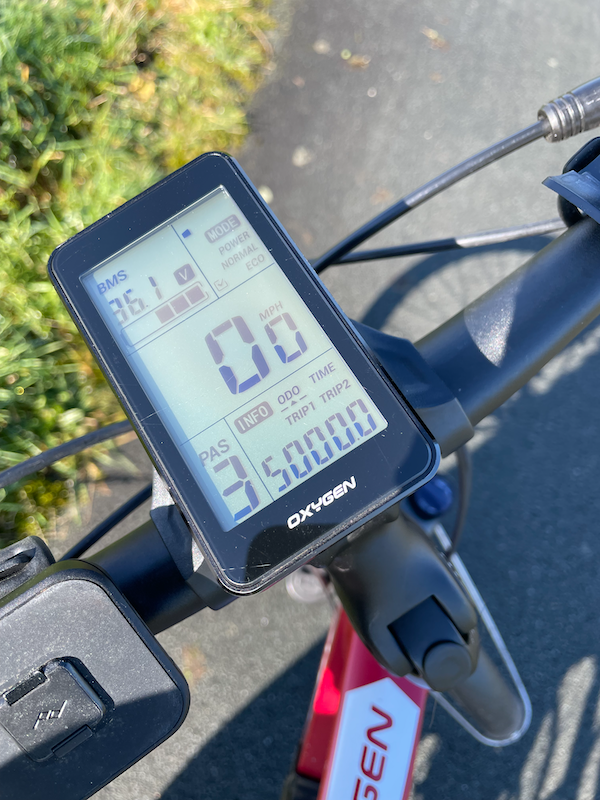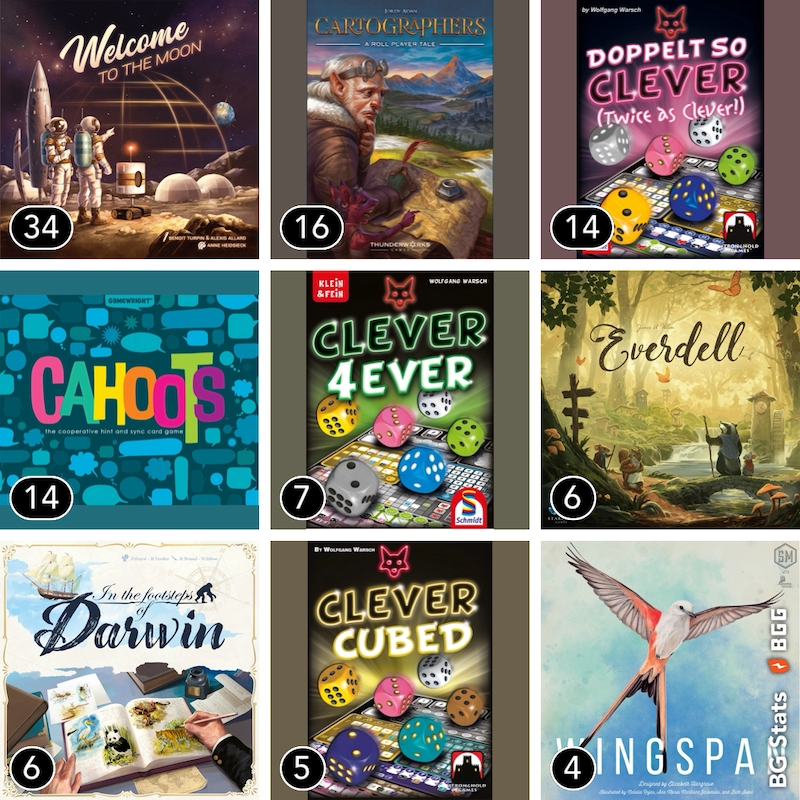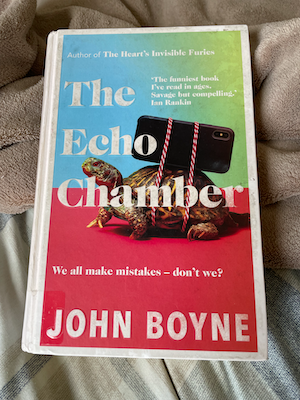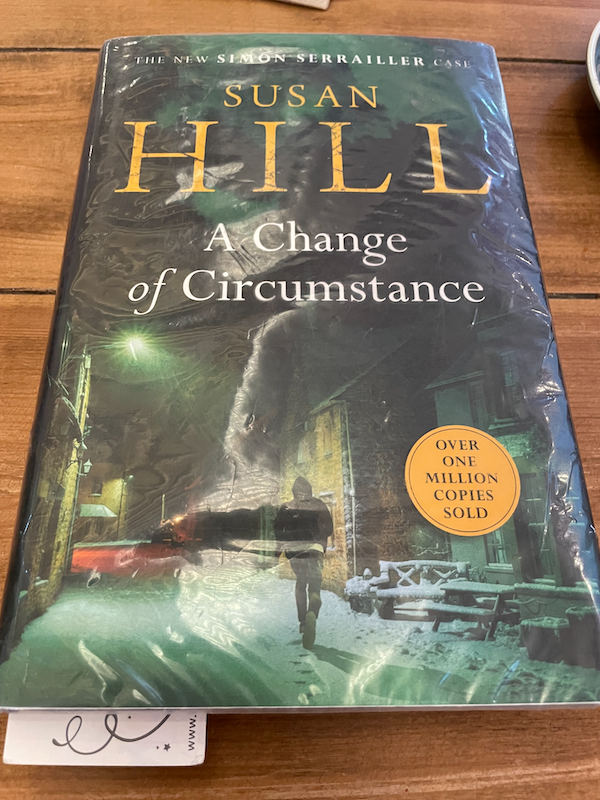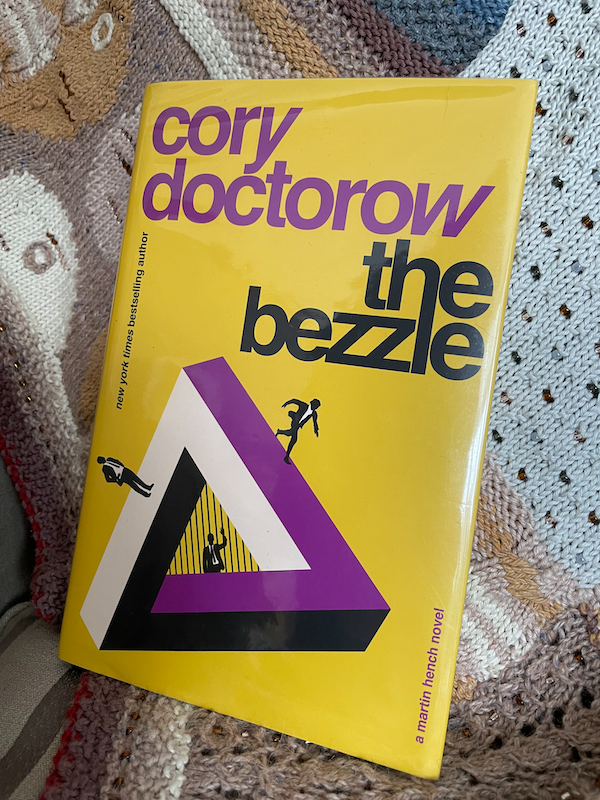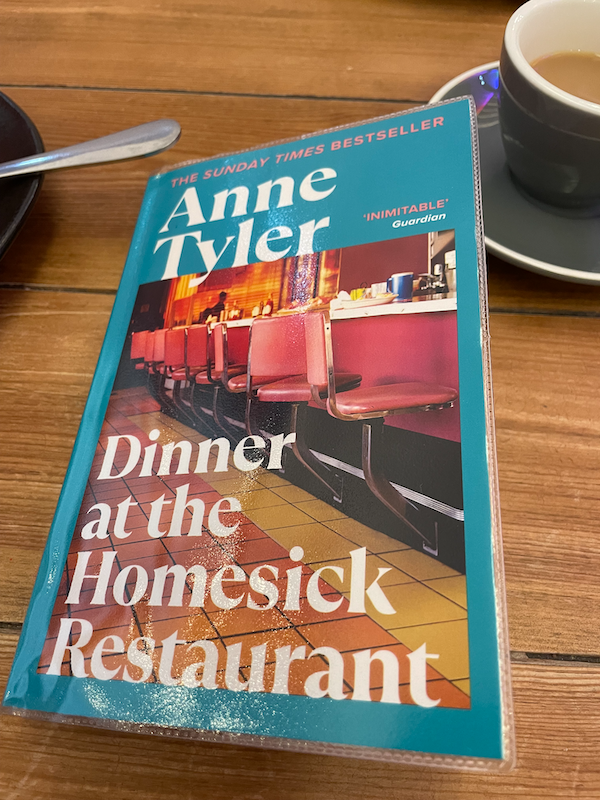Invisible Women: Exposing data bias in a world designed for men
by Caroline Criado Pérez
Wednesday, March 20, 2019
I just saw Caroline Criado Perez tweet that she wasn’t sure how she felt about becoming “the head of feminism’s toilet division.” and there is so much more to this book about equality that I understand her equivocality to this title. But first, about the toilets…
Toilet facilities are a case where it is blindingly obvious to almost everyone that equal provision of utilities between genders results in inequality - everyone has at least seen a long queue for the ladies loo when there’s no queue at the gents. Those queues are your data and the data are mostly ignored. Women simply take longer in the toilet (we have more clothes to remove, we have periods, we get pregnant, we are more often the ones taking small children with us, we don’t usually have the option of going up against the wall outside etc.) and this isn’t taken into account when planning buildings. I think the conclusion was that you need double the floor area of female toilets to male to make things fair. And yet it’s still rare to find a public building that’s taken this into consideration.
And this book is piled high with examples of other things where “a level playing field” turns out to be heavily skewed in favour of males when you look at the data, as well as plenty of examples where we can see women are being shortchanged but the data about the shortchanging isn’t even being collected. I was expecting to spend my time reading this book nodding my head and agreeing, I wasn’t expecting to be quite so outraged by some of the things I discovered.
I’ve lived my life as a woman in a man’s world, aware of it but mostly just trying to get on and be “as good as the boys”. That’s something I was often told as a child which rankles in retrospect, why did the boys get to be perceived as good at boy-things by default and I had to try to keep up? Why did I feel guilty when I liked doing girl-things because they weren’t seen as important as boy-things? Anyway, self-psychoanalysis aside, even as someone who thought she was doing pretty well in the world as it is, I was shocked to find how steeply sloped the playing field can be and I think everyone ought to read the book.
One example that’s stuck with me in the weeks since I read the book is about medicine. Most drugs are tested on young men, and the reasoning behind this seems to be basically “women are too complicated, they menstruate and might get pregnant” which whilst you can see that no one wants to repeat what happened with Thalidomide and controls on drug trials are a good thing, they are also no excuse for ignoring half the population entirely. As a result of the bias in testing, drugs tend to work well in men and you can see the difference if you look at the side effects reported by men and women. Men’s side-effects tend to be very rare (though sometimes major effects) whereas a very common side-effect for women is “the drug doesn’t work”. But plenty of drugs don’t get past the first stage of testing in men if the men report that they don’t work, how many of those might have greater efficacy in women? I’m utterly horrified by this before you even start to look at how drugs for conditions like period pain, PMT, endometriosis have been investigated less than ones for conditions that also affect men. I remember being alarmed by the “not for use by pregnant or breastfeeding women” labels on over the counter drugs, plenty of these were taken by women I knew anyway, there needs to be better data collected to make better advise than a blanket ban.
All round it’s an excellent read, as well written as it is researched and deserves a place on your bookshelf. (Though it hasn’t been shelved here, it’s sat on my coffee table so I can easily pick it up and quote bits of it, it’s that sort of book.)


